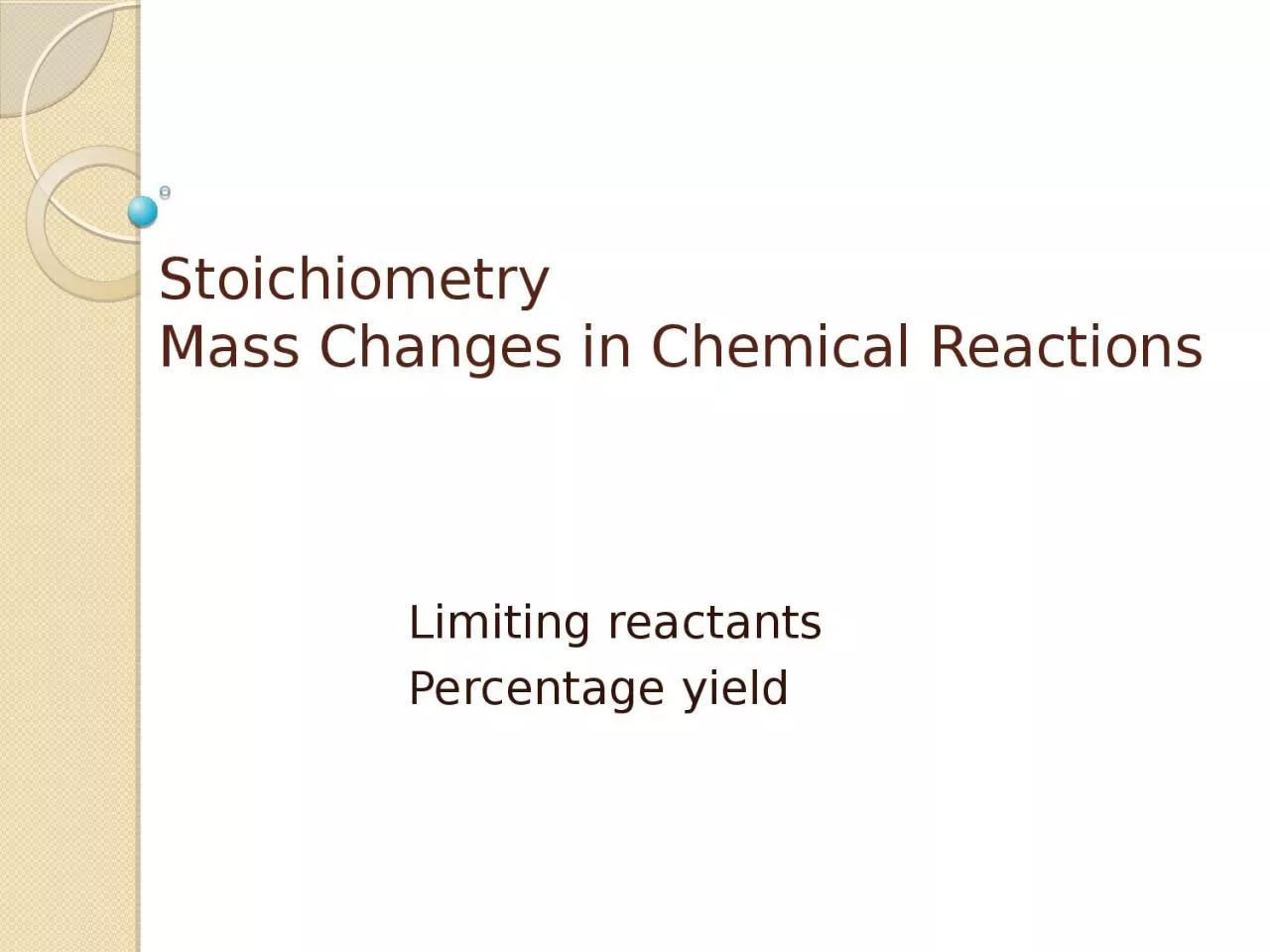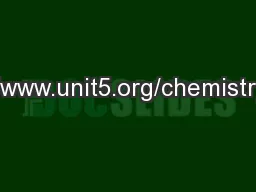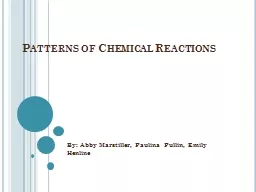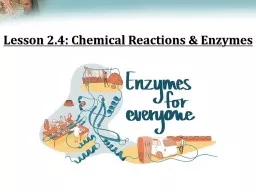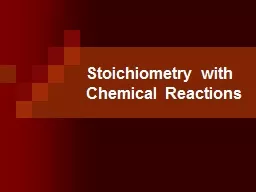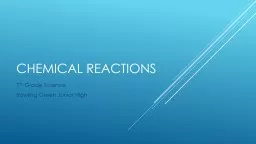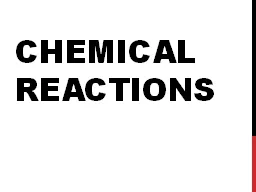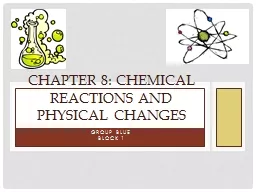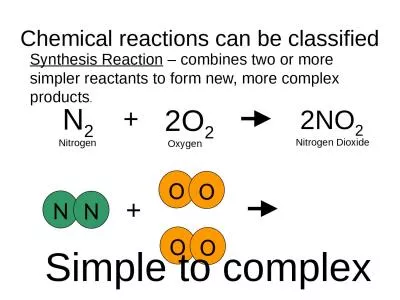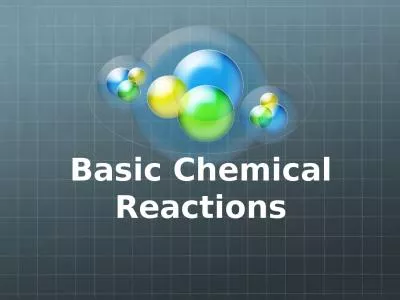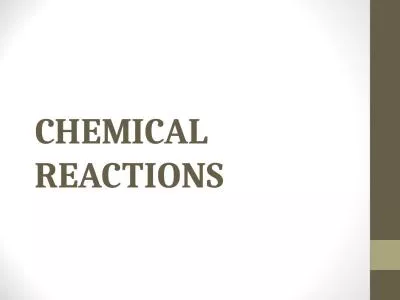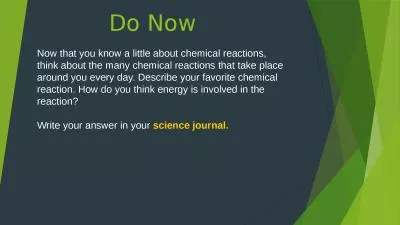PPT-Stoichiometry Mass Changes in Chemical Reactions
Author : quinn | Published Date : 2023-12-30
Limiting reactants Percentage yield Stoichiometry Problems How many moles of KClO 3 must decompose in order to produce 9 moles of oxygen gas 6 mol KClO 3 Problem
Presentation Embed Code
Download Presentation
Download Presentation The PPT/PDF document "Stoichiometry Mass Changes in Chemical R..." is the property of its rightful owner. Permission is granted to download and print the materials on this website for personal, non-commercial use only, and to display it on your personal computer provided you do not modify the materials and that you retain all copyright notices contained in the materials. By downloading content from our website, you accept the terms of this agreement.
Stoichiometry Mass Changes in Chemical Reactions: Transcript
Download Rules Of Document
"Stoichiometry Mass Changes in Chemical Reactions"The content belongs to its owner. You may download and print it for personal use, without modification, and keep all copyright notices. By downloading, you agree to these terms.
Related Documents

